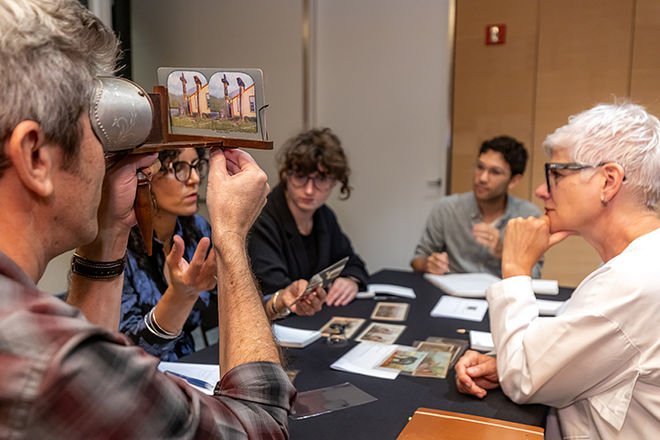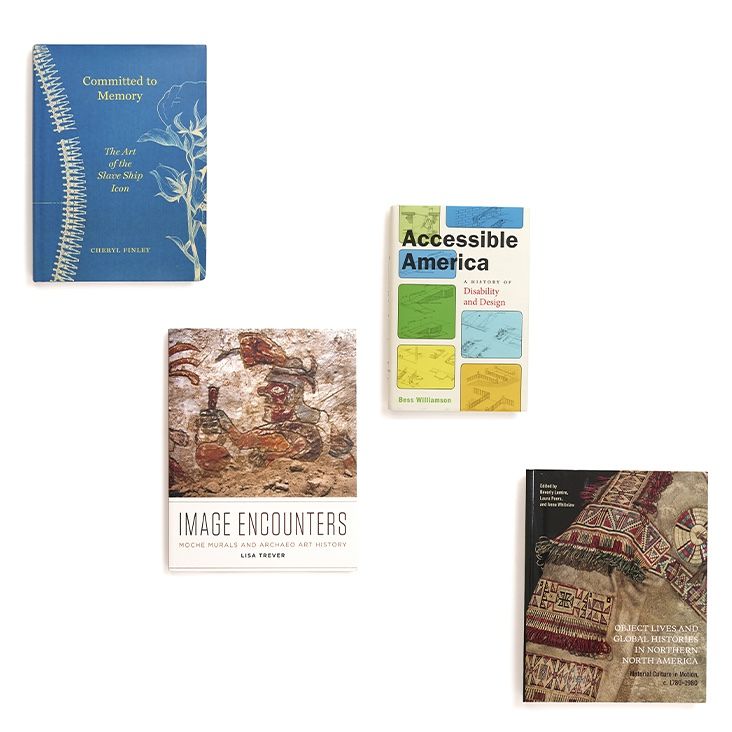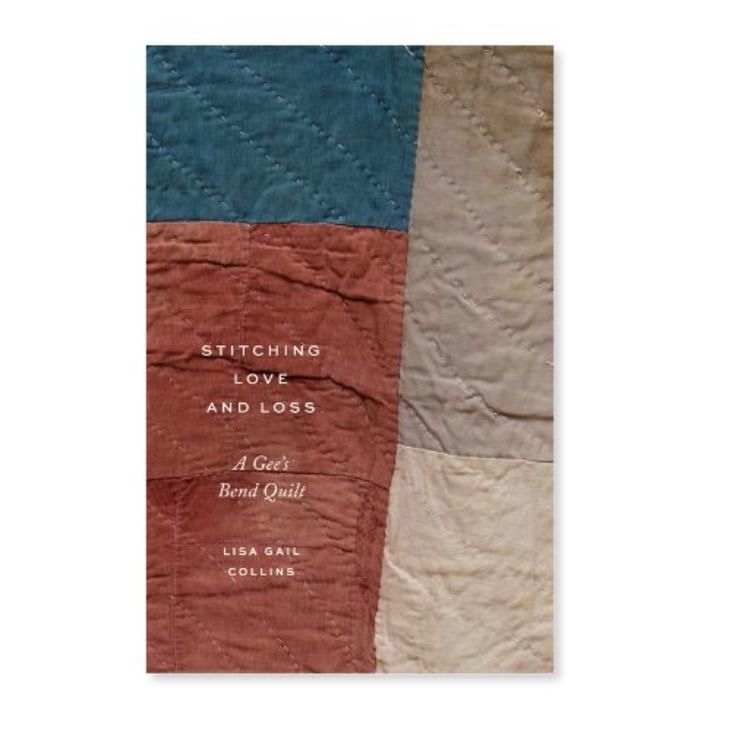Following our “Extreme Conservation Symposium” (convened March 20, 2015), we asked each presenter to share one idea from his or her presentation in short form on this blog. We are grateful for this opportunity to continue thinking through their groundbreaking work.
If the art museum’s fundamental mission is acquisition, conservation and display, then it is no surprise that continual expansion has become the norm for collecting institutions around the world. Faced with constant rebuilding, the changing status of the museum’s original structure provokes the question of what responsibility museums have to make their own architecture the object of conservation. And this question goes hand in hand with another: how should museums curate the presentation of their architecture and its transformations over time?
The conservation and curation of museum architecture raise different questions than those posed by other objects, even objects that have been removed from physical settings where some evocation of the original context is vital to a full understanding of their significance. With museum architecture, object and context are one and the same: the object of curation is precisely the container for the collection of curated works. Complex issues touching on museological approach, the value of period décor and the evolution of modes of presentation are all subsumed in the larger question of how the museum presents its own history.
This may seem obvious when the museum occupies an important historical building as at the Louvre, with over eight hundred years of construction and transformation intimately tied to the history of the French monarchy and the urban development of Paris. But the same questions lurk behind the renovation of much more recent structures, as at MoMA where in a mere 85 years since its founding, the architecture of the museum has been expanded, renovated and completely rebuilt more or less once every 15 years. In both cases the composite architecture that exists today reflects equal measures of deliberate conservation and serendipitous survival; and both institutions actively create public narratives of their own history and significance by curating the vestiges of what remains.
Stephen Rustow is a professor of Architecture at the Irwin S. Chanin School of Architecture at the Cooper Union for the Advancement of Science and Art.














